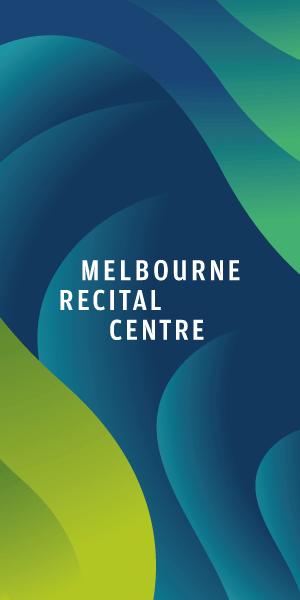St James Buildings, Bourke St frontage, 1959
By Dr Cheryl Griffin - Royal Historical Society Victoria
The eastern sections of Bourke St and Collins St are well documented and known for the ambience and fine architecture found in areas such as the “Paris end” of Collins St.
But this picturesque scene featuring a long-gone St James St is at the other end of town – towards the western edge of Melbourne’s CBD. You are looking down St James St, little more than a lane really. It ran from Bourke Street, where our photographer is standing, to Little Collins St, and is in the area between King and William streets.
St James St was built over soon after this photograph was taken in 1959. The photographer was Pierre Robin, believed to be a French wool buyer who worked in the Almora Building, just out of view at the other end of the street. The Royal Historical Society’s images collection holds more than 400 of Robin’s colour slides, all taken in a similar period, all documenting the changes taking place in the city in the late ‘50s and early ‘60s.
In this case you are looking at the St James Buildings, named after the nearby St James Old Cathedral. Although you might not think so at first glance, the image encapsulates the changing face of the CBD. We know with hindsight (and perhaps Robin knew when he took his photograph) that this was an endangered streetscape and that St James St would cease to exist very soon. Standing outside the warehouses, obscured by shadows, are parked cars, alongside shadows on the buildings that appear at first glance to be a row of Italian cypresses. We see the elegant street lighting to the left of the archway, a reminder of the city’s built heritage and the glory of the land boom days of the 1880s. But then, if you look carefully, you will see the jarring juxtaposition of a parking meter just to the left of the street light. It is then that you realise that you are at a nexus, a time when the old is giving way to the new.
Robin’s photograph beckons the viewer in through the elegant archway to St James St, with its warehouses and storage spaces. You can’t tell from the photograph, but at least three wine and spirit merchants have their cellars here.
You will have noticed the windows along the top of the archway, but did you think about who might have worked in these spaces? Or the ones that complement them along the Little Collins St frontage? They are occupied by shipping agents, an aircraft engineer, accountants, food producers and importers. But there are other tenants who remind us again that this is a changing world – a television production unit and the Vincent School of Broadcasting (once the Bill Roberts Radio School) – reminders that with the introduction of television in November 1956 came new technologies, new techniques and new demands.
Teddy Tinling, the fashion designer famous for creating the tennis dresses worn by many women tennis champions, had premises here. Then there are the artists who had studios in the building – Geoffrey Jones, who studied under George Bell and Lesley Sinclair, who was a student of Justus Jorgensen and a founding member of the Monsalvat group. Sinclair’s fellow student Heather George, who by the time this photograph was taken was working as a professional photographer, also had a studio here. Her Wikipedia entry tells us that like our photographer Pierre Robin, she “recorded the slate-tiled warehouses of the St James Buildings” as well as other Melbourne buildings.
The streetscape seen here was taken 60 years ago. If it had not been for photographers such as Pierre Robin, who walked the city streets recording the changes he saw, our understanding of our city’s past would be much poorer.
And in an age when digital reigns supreme, we can be thankful, too, for the popularity and affordability of slide film in the 1950s and ‘60s, because it was this that made it possible for those changes to be recorded in colour •

City of Melbourne unveils next urban forest plan for the CBD








 Download the Latest Edition
Download the Latest Edition